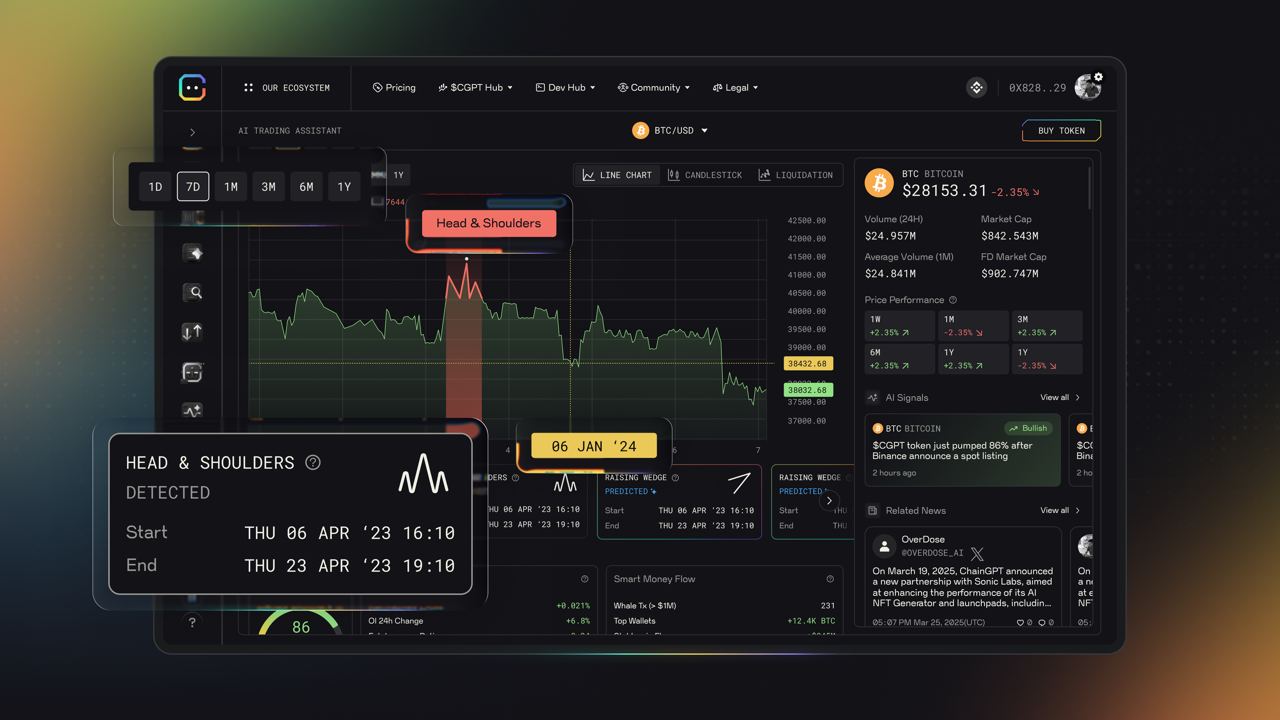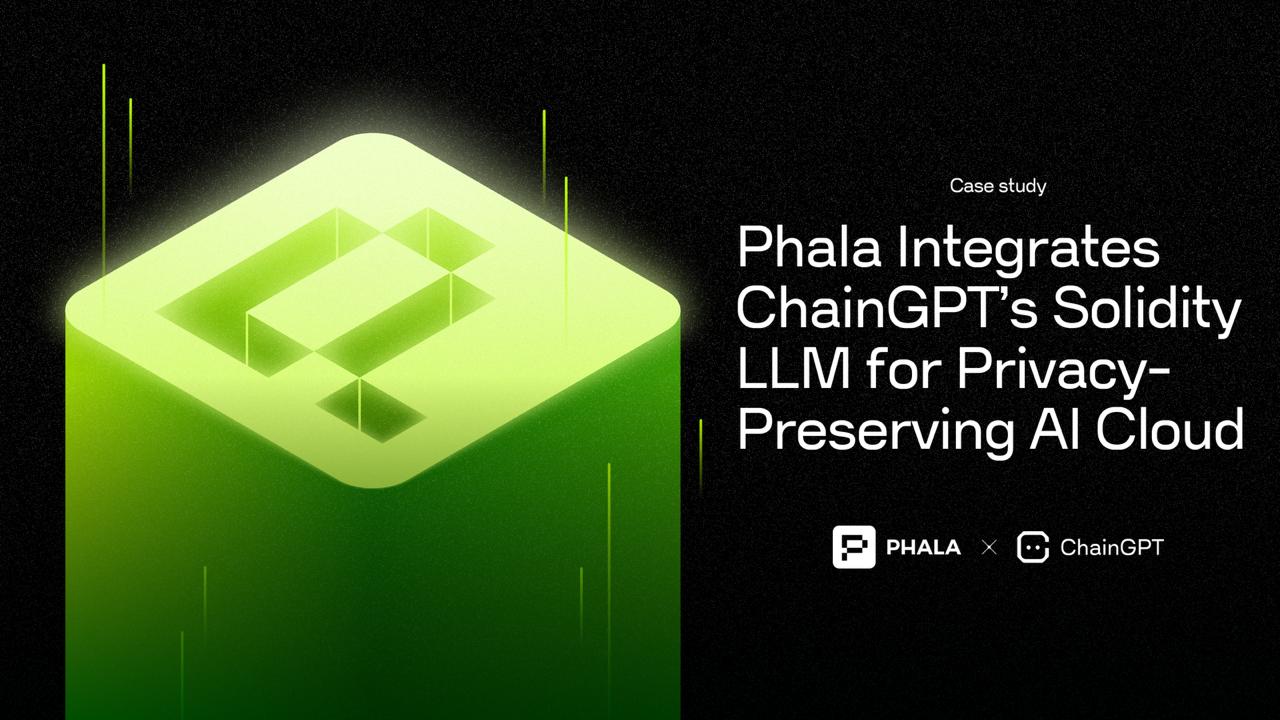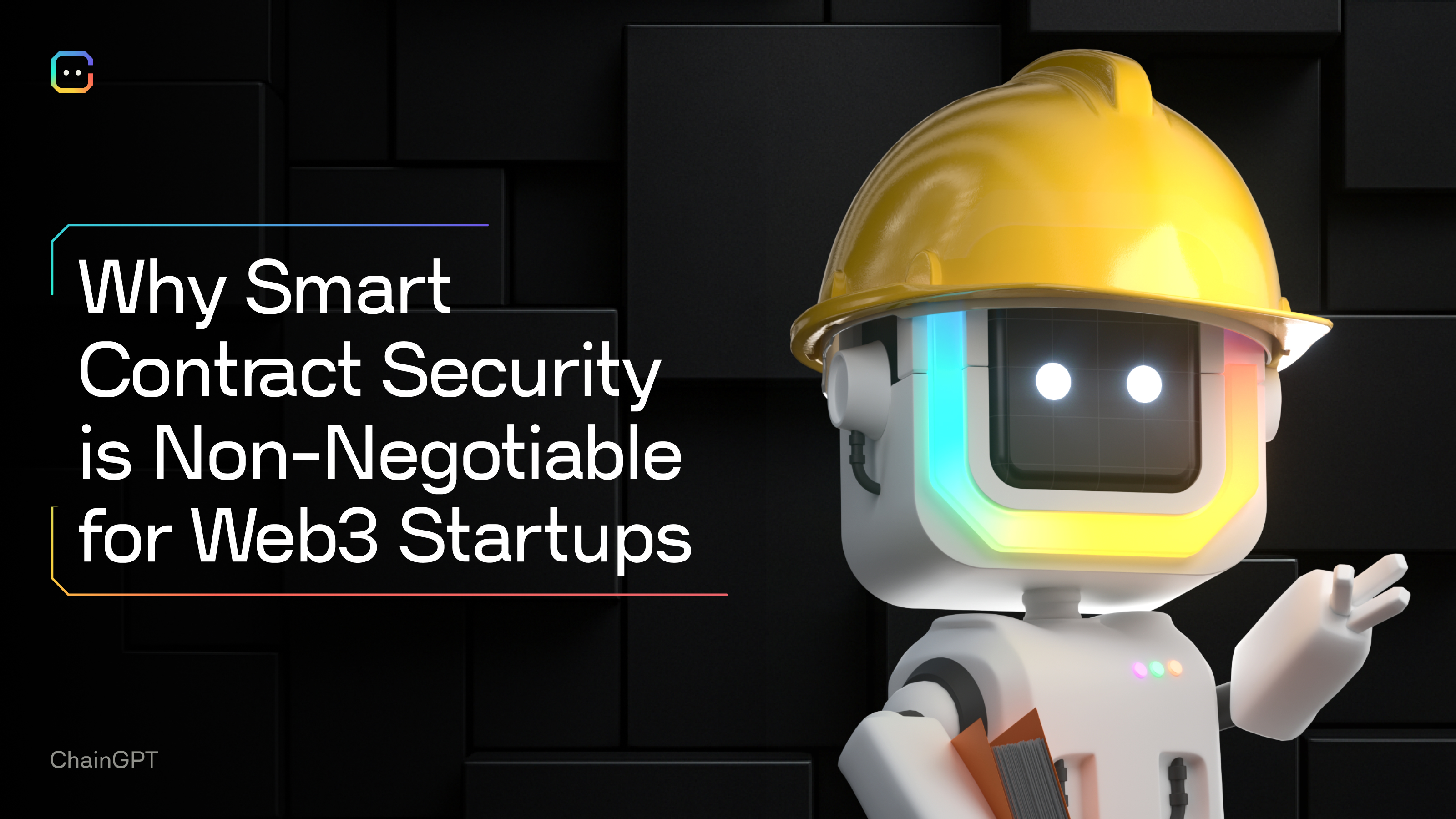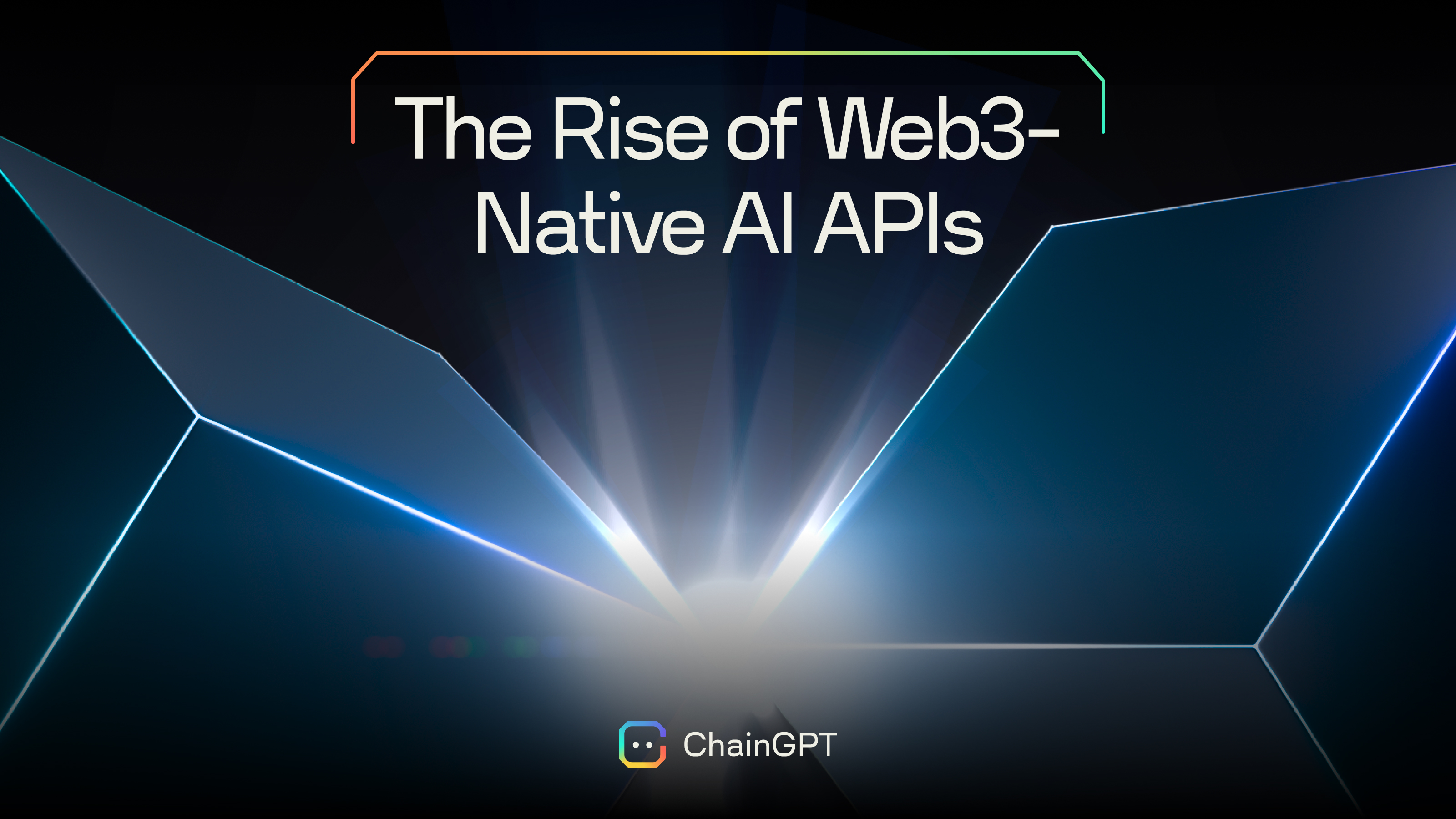Non-fungible tokens (NFTs) are created by artificial intelligence (AI) tools that use algorithms to randomly choose and combine predesigned layers of art. So, the first step in creating generative NFTs in just seconds is finding the right NFT AI generator.
Once you’ve identified a reliable NFT art generator, you can learn how to create generative art NFT collectibles. NFTs created through AI are commonly referred to as ‘generative NFTs.’
The alternative for generative NFTs is the one-on-one NFTs, which only certify one unique piece of art. This article discusses how to generate an NFT, specifically a generative NFT project.
What Is a Generative NFT?
A generative NFT is a piece of digital art generated using an AI tool like ChainGPT AI Art Generator, which receives and follows a set of instructions to create a piece of art. This typically looks like typing in simple commands or keywords into a text box, then waiting for the generator to develop your art. Other ways you can create generative NFTs is through random processes or data-driven inputs.
The AI art tool generates the desired colors, designs, and shapes, and organizes them into aesthetically pleasing digital art, resulting in generative NFTs. Some generators, like ChainGPT’s, generate NFTs ready to go with a smart contract.
Because these text-prompt generators provide all-in-one NFT generation, digital art creators, blockchain enthusiasts, and NFT collectors are using them for a wide range of purposes, such as:
- AI images
- Music
- Social media posts
- Collectibles
Engaging with this new technology is easier than ever before with ChainGPT’s AI NFT generator!
How Do You Create Generative NFTS?
ChainGPT’s AI Art Generator has simplified the whole process of creating generative NFTs, allowing everyone–including amateurs–to generate high-quality and realistic pieces of art for their investments.
Ready to get started? Here are the simple steps you need to take to create generative NFTs:
Designing Your Generative Pixel Art Layers
Using your AI art generation tool, create a canvas. Your first layer should be the background because it’s the first layer for the rest of your NFT traits. Each trait image will have its own layer. These layers should be stacked up in an orderly manner to create the desired patterns.
It’s important to note that every trait image should be the same size as the canvas, regardless of the parts that are transparent. Also, apart from the background layer, the rest should have transparent backgrounds so that they can be easily layered over each other.
Generating Your NFT Collection
Use your preferred repository library to add your respective assets to the AI art generator. Remember to categorize your assets by traits and create a subfolder for each.
You might have to edit your code to arrange your trait categories in the right order. If you want each trait to have a chance of being picked for an element, set each of the trait’s rarity-weight values to ‘None.’
Store Your NFTs
You can either store your generative NFTs fully on-chain in the smart contract or direct the smart contract to the IPFS address. If it’s your first time generating these NFTs, choose the latter option for simplicity.
The generated NFTs will be stored in the ‘Outputs’ folder. They’ll come with IPFS URLs to help you upload the NFTs. You may need to create the metadata for your NFTs to set your base URL in the smart contract.
Metadata gives your assets additional properties like names, descriptions, and images for authenticity. Just return to the terminal and run your ‘metadata.py’ file. This will give you a ‘CSV’ file and a ‘JSON’ folder with the metadata you need to link to your base URL for a smart contract.
Minting Your NFTs
Minting your generative NFTs means uploading the files to the blockchain. Once you’ve programmed your NFT smart contract with metadata related to your NFTs, uploading them is easy. You simply publish them on your preferred NFT marketplace through the blockchain!
It’s a great idea to try ChainGPT AI Art Generator for your generative NFT needs. Our platform doesn’t require you to be an expert in coding or have extensive knowledge about blockchain. It handles the complex aspects so you can focus on the creative process!













.jpg)


.jpg)





















